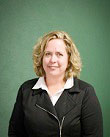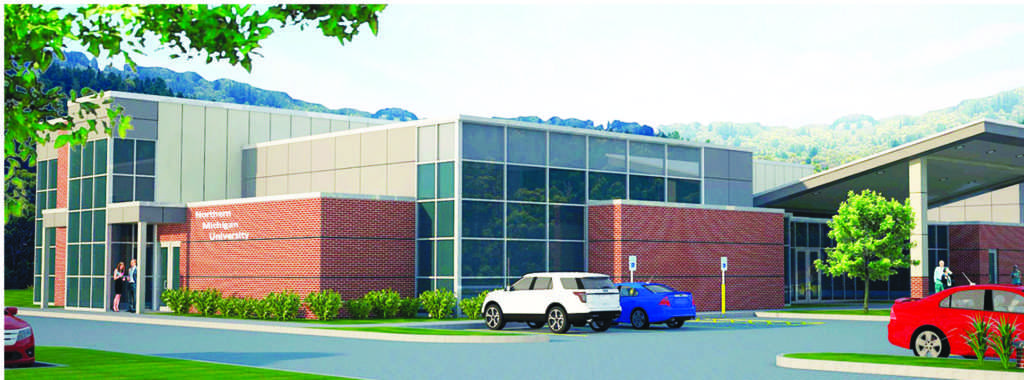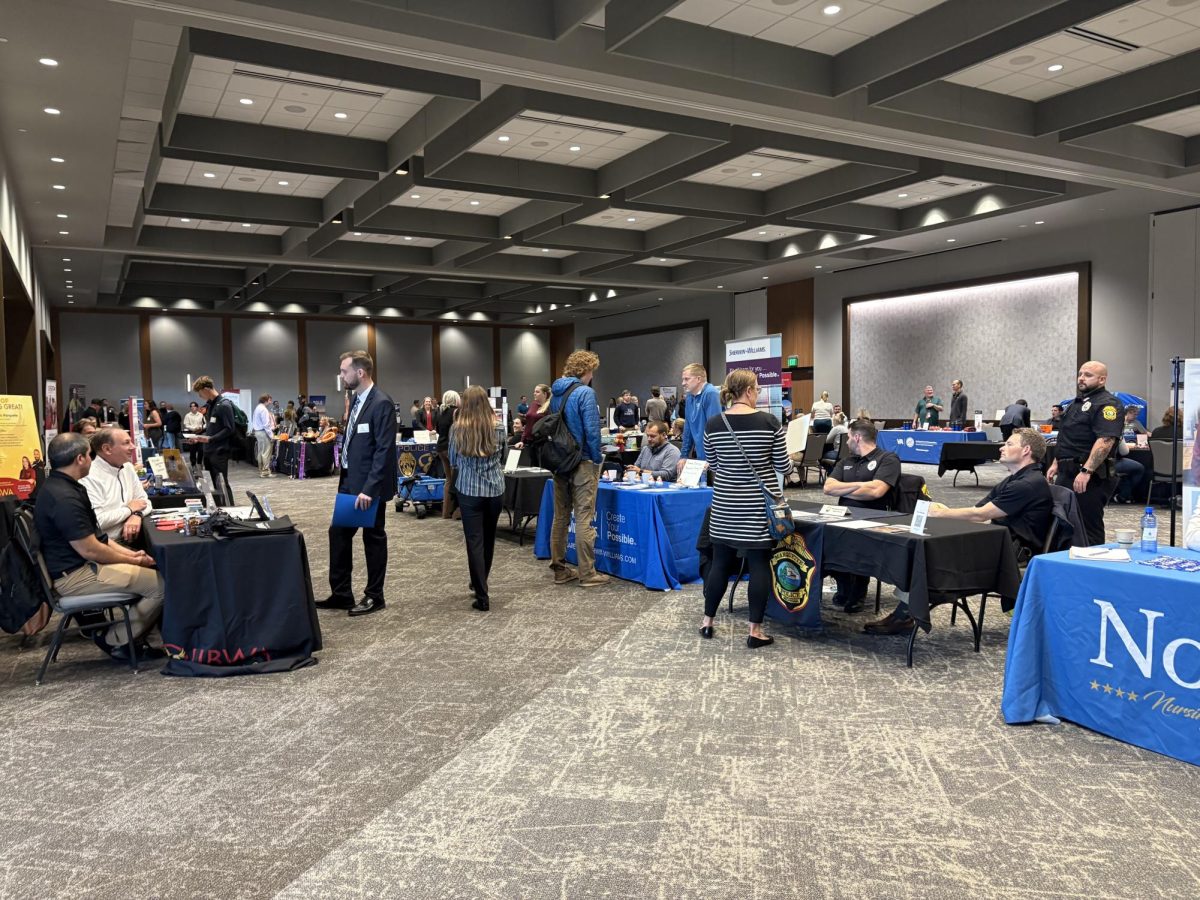NMU’s health department is looking to explore the effects of non-traditional forms of treatment and rehabilitation for cancer survivors with an oncology exercise lab projected to open in February 2018.
This new facility will come through a collaborative effort between the School of Health and Human Performances, the Advanced Center for Orthopedics and Plastic Surgery in Marquette and U.P. Rehab Services.
 In this collaboration, NMU will be a third party in the new facility that is set to be constructed on Washington Street near where the new hospital will be. The center will also include a large general fitness center located on the uppermost floor.
In this collaboration, NMU will be a third party in the new facility that is set to be constructed on Washington Street near where the new hospital will be. The center will also include a large general fitness center located on the uppermost floor.
The center will serve as an extension of NMU into the community, said Scott Drum, associate professor of exercise and sports science.
“There was an invitation from the Advanced Center for Orthopedics. They have a lot of stake in the building,” Drum said.
He said the idea for the research center came about “naturally” when the School of Health and Human Performance and other groups were looking for ways to get more external funding, such as private sponsors and grants, for research.
The building, which has been coined The Legacy Building until a new name is decided upon, is being built by O’Dovero Development. The space for the new site was obtained with an internal start-up grant from the university. The primary source of funding will come from external grants and sponsorships.
Exercise physiology, outdoor education and nutrition within post-diagnosed individuals is what will be explored at the new facility in some way or another, Drum said.
“We throw all that out there because it gives us the advantage to be able to apply for a diverse amount of external funding and use a diverse number of variables for study. The idea is research and general exercise training of cancer survivors and healthy individuals,” he said.
Liz Wuorinen, associate dean of the School of Health and Human Performance, said the center will look at various different aspects of post-diagnostic treatment and how exercise has an effect on the delivery of treatment, in this case referring to chemotherapy or radiation.
“Does exercise while they are in treatment have an effect over just sitting there and doing nothing? Will it have an effect after they’ve been diagnosed, before they start being treated for cancer—what is the effect that exercise can have at that point?”
Wuorinen said a lot of studies have been done with cancer survivors after they have gone through treatment, so there is evidence to support that exercise has profound effects on a person’s life after treatment.
“My background was in obesity, so I worked in that area, which is why this was such a great connection for us because there’s a lot of overlap there,” Wuorinen said. “It becomes really important that we examine some of these affects.”
The center will offer a new avenue for NMU students to conduct research and get hands-on clinical trial experiences before graduating, Wuorinen said, adding, there may even be opportunities for post-doctorates to come in and get experience in the field.
Wuorinen’s research will be focused more on exercise physiology—primarily how metabolism and hormonal change within individuals has a psychological effect—whereas Drum’s research will be focused more on the applied exercise physiology, such as the physical benefits that come from exercise instead of lethargy during post-diagnosis.
Other types of research will look at the psychological effects being active outdoors has on
individuals. Drum said augmentation of the cancer treatment by exercise will be researched extensively at the center. He said exercise during the process of a patient receiving chemotherapy is understudied in the field of oncololgy.
He also explained that in most cases, oncologists tell their patients not to be too active when they go through chemotherapy, but recent studies show that there may actually be positive benefits to being active before or after treatment.
“A lot of times it’s passively that someone is sitting there and having chemo delivered into a port in their arm or chest. Having them maybe do low-level pedaling or walking or moving their legs in some way may augment the treatment with circulation,” he said.





























